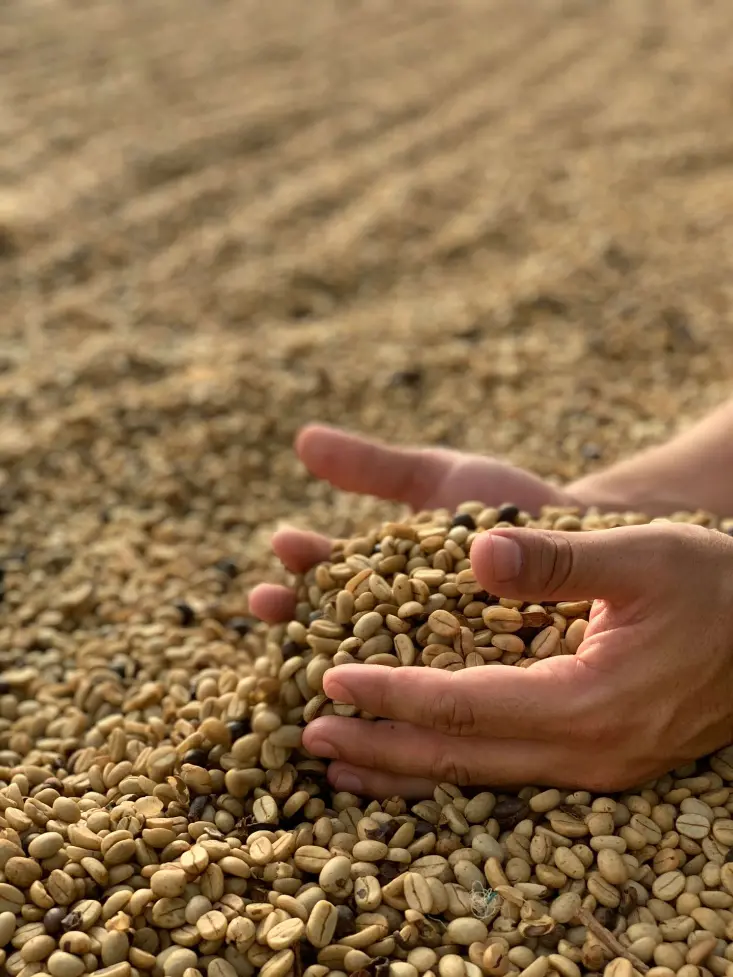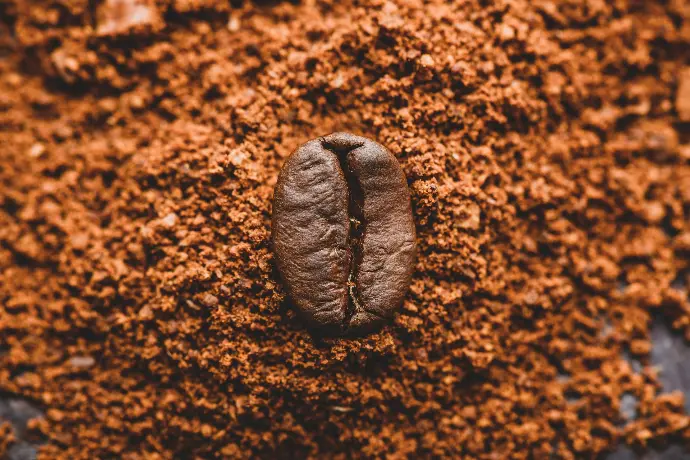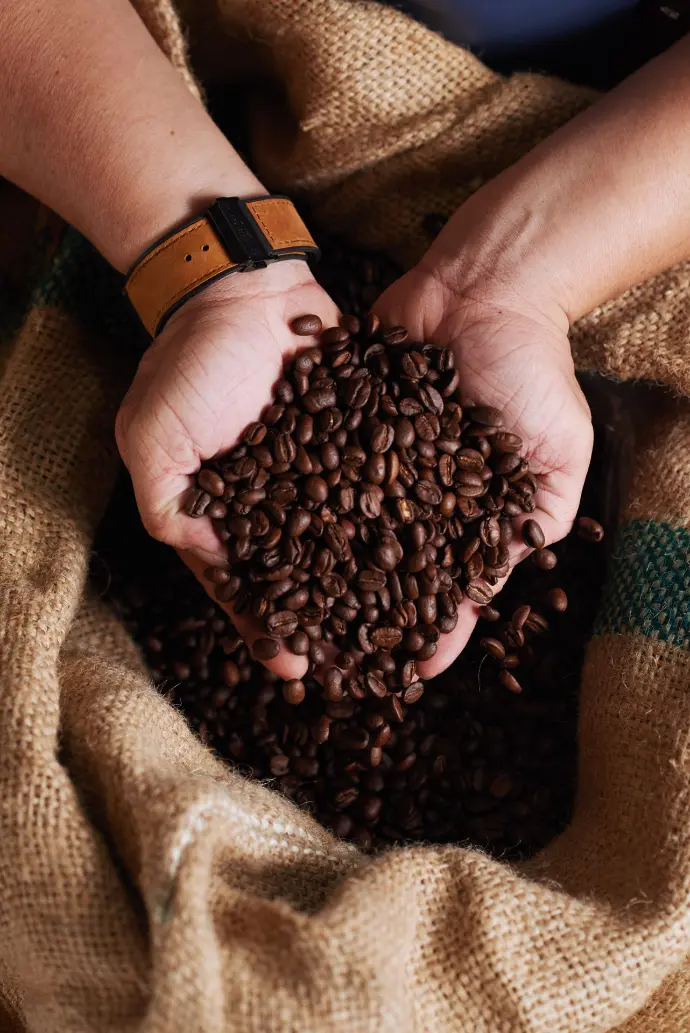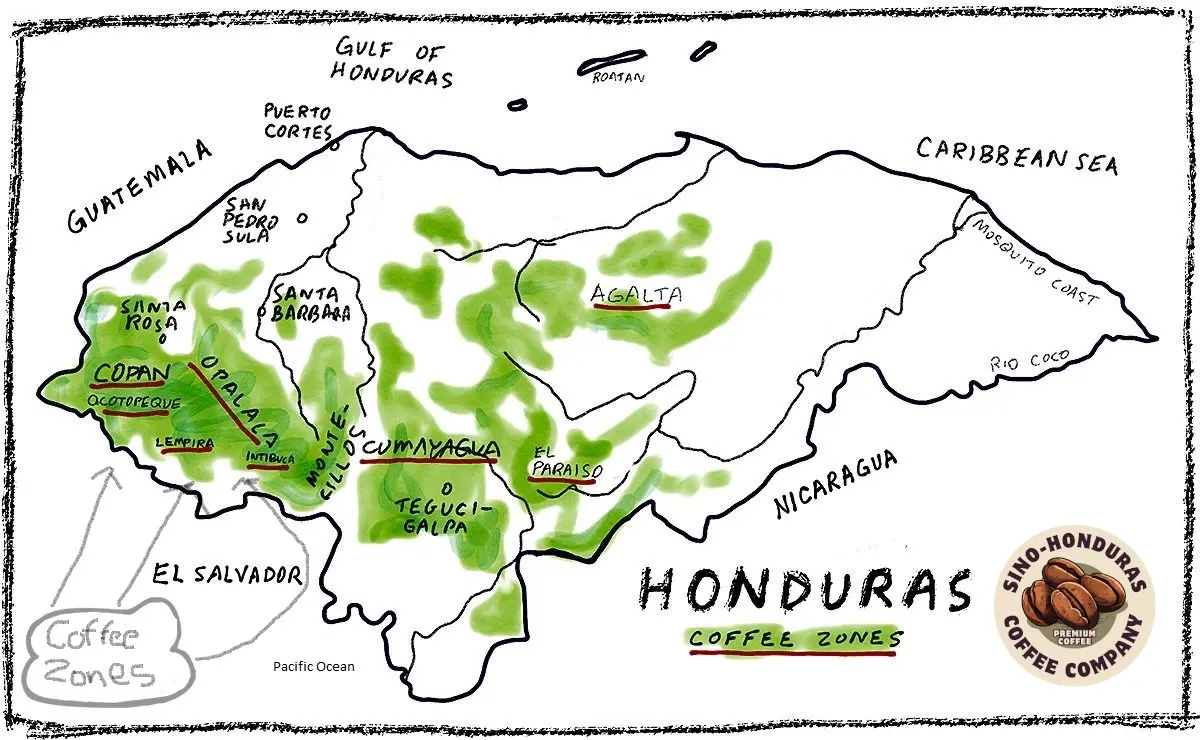Understanding Coffee Defects
Coffee grading by defect types is a critical step in determining quality. By analyzing a 300-gram coffee sample, we identify imperfections that affect both flavor and overall value. Coffee defects are categorized as either intrinsic (issues within the bean) or extrinsic (impurities from external sources). This ensures we deliver consistent, high-quality coffee in every batch.
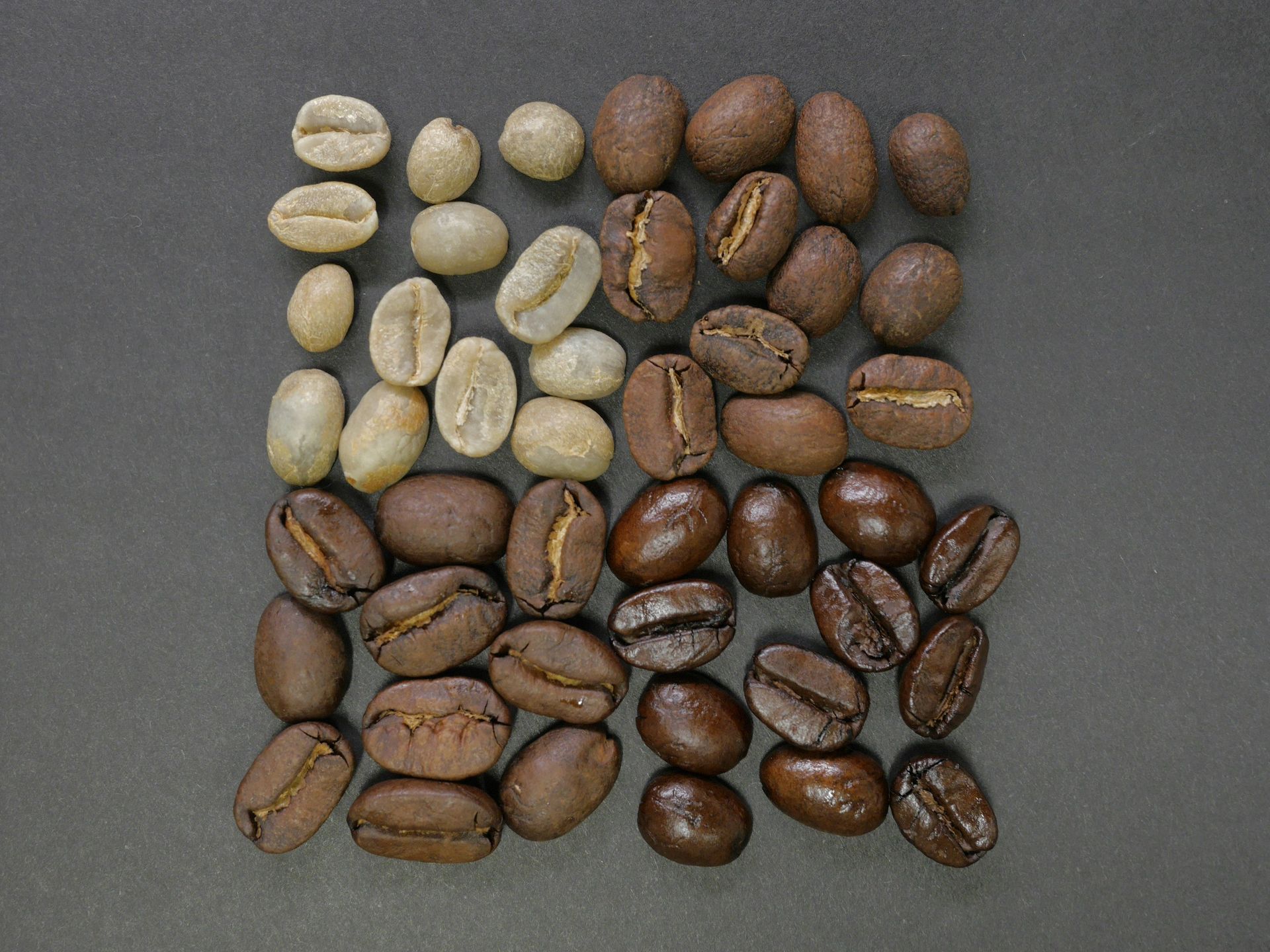
No coffee is 100% defect-free, but our rigorous approach helps minimize flaws and preserve cup excellence.
